Traveling in medieval Transylvania, Romania
Transylvania was one of the three Romanian states that existed along with Moldova and Wallachia. From these lands, the 4th to the 10th century. many migratory tribes passed, Goths, Slavs, Magyars (race Hungarian) etc.. The Hungarians conquered Transylvania in the 13th century. The German Saxons tribe arrived in the region after the invasions of Tatars (1241-1242) to help the Hungarians. The medieval Transylvania was an autonomous region, ruled by prince Hungarian.
HISTORY
The Saxons founded in Transylvania 7 cities, the Bistrita, Brasov, Cluj-Napoca, Medias, Sebes, Sibiu and Sighisoara. From the 7 towns called Transylvania Siebenbürgen in German means (seven fortresses).
The Pockets Vlad was prince of Wallachia during the Ottoman domination in the Balkans (1456-1462). The 1526 Turks defeated the Hungarians and Transylvania becomes semi-detached. From 1593- 1601 three states Transylvania, Wallachia and Moldova was led by Michael Brave. The 1859 -1866 He ascended the throne of Wallachia and Moldavia Alexander Ioan Cuza. The 1877 Romania became independent from the Ottoman domination. The 1687 power Transylvanian passes the House of Habsburg and Wallachia and Moldova remained under Turkish rule until 19ai. The 1886 the Cuza deposed and position taken by Prussian Prince Charles A of House of Hohenzollern to 1914. From 1914 – 1927 king of Romania was the nephew of Charles I, Ferdinand I of the House of Hohenzollern. The 1944 Romania resisted the German domination preserving the independence tis.To 1947 It abolished the monarchy and proclaimed the People's Republic of Romania. Several descendants of the Saxons of Transylvania in Romania remained until the collapse of the Ceausescu regime (1989-1990). Today there is a small minority Roma will mainly come across the villages of Transylvania.
ROUTE BUCHAREST – Brasov – Bran Castle – Sighisoara – Sibiu – MONASTERY KOZIA – Sinai – CASTLE PELES – BUCHAREST
The tour will start with Bucharest starting after visit some cities and attractions of Transylvania will return to Bucharest.
H Sinaia and Peles Castle although located on the way to Brasov and Bran Castle will occupy us at the end of the route because it is very close to Bucharest and can go one and the same day.
We start from the capital of Romania, Bucharest and follow the signs to the international airport Otopeni (Otopeni, 17 km) heading to Ploiesti (ploiesti).
Once we meet the airport, after 1 about km, on green plate A3 turn right entering the closed highway where after 56 km we arrive in Ploiesti.
Ploiesti is located in Wallachia, It is the capital of Prahova province, a large industrial city, the ninth largest city in Romania.
An important transport hub as linking Bucharest with Transylvania and Moldavia. From here you can go to the Prahova Valley, a significant area of natural beauty that attracts many tourists for naturalist tourism. From Ploiesti crossing the highway DN1 / E60 and go after about 83 Km route, we get for the rest 30 km in DN73 / E574 and arrive at Bran Castle. If we want to continue to Brasov, Sinaia, Sighisoara and Sibiu will remain in DN1 / E60.
Brasov (Brasov)
A medieval town in the foothills of the Carpathians, the 6th largest city in Romania and very popular with tourists. The main square Piata Sfatului is a large round square, pedestrian, with an impressive fountain in the middle and around the baroque architectural buildings and numerous cafes and restaurants. It was the meeting point of all merchants in medieval times where here gathered and traded their goods. In the center of the great square Piata Sfatului admire the Council Hall (town hall) Gothic (1420) that the 1950 houses the History Museum of Brasov (Brasov History Museum).
The tower that stands in the building, known as Tower trumpeters (1582) height 58 m. Within the square is the Orthodox Church Nativity of Mary (1896). To enter you go through the gate and after a small courtyard full of flowers. Here are several Greek marriages as in Brasov is Greek community.
Another city landmark is the Gothic church Biserica Neagra (1384-1477) or Black Church is best known as, because of the fire that broke out in the city 1689 and altered the color of. The tower with the clock later built in 1514. Inside the church there is the largest collection of carpets from Anatolia, merchants rich gifts to the church, a font (1472) etc..
Then the square is a pedestrian street Strada Republicii, with many cafes and shops for shopping.
The approach on the hill behind the town Mrasov can be done to the foot walk (about 40 minutes) and then by cable car to the top. The view here is amazing and the natural environment attracts many naturalists. We continue from Brasov to Sighisoara which is 155 km.
Bran Castle (CASTLE ΒΡΑΝ)
The journey from Bucharest to Bran Castle is from Ploiesti. We cross the highway DN1 / E60, for about 83 Km and then continue to the DN73 / E574 for the rest 30 km and arrive at Bran Castle (the journey takes approximately 2 hours). On the map Romania will find it on the route between Brasov - Sinai and the distance to Brasov is about 30 km. Bran Castle is Bucharest 175 km. The imposing Castle is one of the most beautiful sights of the country and was the country residence of the Queen Mary, the most beloved queen of Romanians. Its name means "Gate" as it was a stronghold of the mountain in which the Saxons defended these lands from the raids of the Turks. Romanians for long time advertised as the castle of Dracula, but it is certain that Vlad Pockets never arrived in this region. While misinformation has ceased tourists think that the Castle was the residence of Pockets.
The castle is built in German style, in an idyllic landscape, with a lot of green, trails and a small lake. features 57 rooms which have several themed rooms such as bedrooms, dining, kitchens etc. with all necessary items. In some of the rooms, stop to see the video lives in the Castle, during the reign of Queen. To enter the castle entrance and pay because it has queues at ticket offices crowded usually observed. At the end of the route there is a souvenir shop, benches and toilets.
On the main road there are many outdoor shops selling carpets, embroidery, woodwork objects, cups in the shape of Dracula etc.. The area is ideal for shopping here as the flea market is the cheapest of all the tourist places. There are also many cafes and restaurants and a large parking for cars. Bran Castle (Bran Castle) entrance 35 Ron, retirees 25 Ron www.bran-castle.com +40268237700
Sighisoara (SIGHISOARA)
Sighisoara (Sighisoara) It is a beautiful medieval town, a castle, World Heritage of UNESCO. Founded by the Saxons of Transylvania, surrounded by high walls. Along the old city walls erected eleven well-preserved towers, with the most famous Clock Tower (The clock tower) over the Piata Hermann Oberth. If you climb to the top of the Clock Tower (64 m) the view is amazing and ideal for photos. Housed in the Historical Museum (Muzuel History) and you will see photos of WWI, Souvenir, clothes etc.. The Clock Tower (1648) it functions properly.
The other tower is the Tower of tailors (14th), Tower of shoemakers (17th), the Tower of the Butchers (17th), Tower of Blacksmiths (17th) etc.. The city throughout the centuries played a strategic and commercial role due to its location on the eastern outskirts of Central Europe.
As you enter the historic city, inside the walls on the left, in Museum Square You will see Torture Museum Hall (Camera Torture) and then monastic Church ( Church Monastirii) which houses a fine collection of eastern carpets, rich merchants gifts.
Sighisoara was the birthplace of Vlad Pockets (1431) and opposite Museum Square It is the house where he was born. Today the house has been converted into a restaurant.
The historic center is a quiet town (Here vehicles prohibited), It has beautiful squares, cobbled streets, carriages with horses for ride, well preserved houses with colorful facades, many coffee, restaurants and souvenir shops. The square is located in the heart of the Old Town, Piata Cetatii is always full of tourists. Following Scolii uphill road you will reach a small wooden ladder School (scale Scolarilor, 1642) where the 172 the stairs lead you to the Old School (Old school), on the hill and the Gothic Church (Church Hill, 1345).
Sighisoara - ROUTE SCOLII
Sighisoara – THE VIEW FROM THE WALLS
Sibiu (SIBIU)
The city was founded in the 12th century. the site of the old Romanian village Cibinium and was one of the most important cities in Transylvania. The 1241 destroyed by the Tatars and to address residents Turkish invaders built defensive walls which are still preserved.
Under the reign of the Habsburgs 1703-1791 and later 1849- 1867 It was the seat of the Austrian government in Transylvania, with obvious influences in the architecture of buildings.
The old town of Sibiu, the largest and most well preserved city in Romania is one of the most important cultural centers of the country where every year take place many cultural events.
Sibiu is the road around Sighisoara 95 km from Bucharest 275 km (4 hours) through highway DN1 / E60.
The Piata Mare is the main city square is a living monument as it is surrounded by beautiful Baroque houses perfectly preserved. In the middle of the square there is a fountain where the movement of the water is rhythmic and around many cafes and restaurants making it the main night life area of the city. Crossing the street Nicolae Balcescu Piata Mare Square will be presented with the main attraction of the city Broukental Museum (Brukenthal, 1817).
Is the oldest and most important gallery in Romania exposed famous painters such as Botticelli, Titian, Rubens etc.. The Museum was the palace of Baron Samuel Broukental, former governor of Transylvania (1785). Next to the prestigious Museum is the Council Tower (Tower Shat,1588) It is open to visitors paying entrance but the view from the top of the tower will reward you.
In Piata Mica square is the Bridge of Liars (The bridge of Lies, 1859). It got its name from a legend in which he who sat on the bridge and lied that would collapse. Bridge of fake or Scala (13th ) you can reach the Lower City of Sibiu.
In the same square is the Pharmaceutical Museum (Pharmacy Museum) a collection of old medical instruments, pharmaceutically utensils etc.. From Piata Mica, SW to Mitropolieii street is the Catholic Cathedral (Roman Catholic Cathedral), Baroque type and then the Orthodox Cathedral city (Romanian Orthodox Cathedral Mitropolitiana, 1906).
MUSEUM BROUKENTAL – TOWER OF COUNCIL
BRIDGE false (BRIDGE lies)
Sibiu is a gateway to the mountains Fagaras, which is part of the Carpathians and ideal place for hiking. To stay in Sibiu will find many hotels. For example the Hotel Continental 4astero, very central as it is located at the beginning of the pedestrian historic center.
MONASTERY Kojima (COZIA)
The monastery is trump in Calimanesti area, on the right bank of the river Olt. built in 1388 by the ruler Mircea cel Mare and was the last residence of the mother of Michael the Brave. It is dedicated to the Holy Trinity and is a historical monument of the region with high traffic. Remarkable are the frescoes of the church to Hell and Paradise and temple. from (the church “Sf. Trinity”, chapel “Assumption of the Virgin Mary”, chapel “All Saints Sunday”, Trapeza, Infirmary ” Sf. Apostoli”), construction,historical monument. There is a small chapel dedicated to the Assumption. Here there was a hospital where many resorted to heal. In the surroundings of the well-tended flower beds are the cells, the bank and utility rooms. In the monastery is a small museum with icons, heirlooms, old books, souvenirs and entrance is free.
NATIONAL PARK Kojima (COZIA)
Located in the Carpathian Mountains, in the province Valcea and occupies 17.100 ha. The Park is one of the most popular tourist destinations in Romania as it combines natural environment, spas, archaeological and historical sites, churches, monasteries etc.. The activities of the Park include hiking, cycling, climbing, agrotourism, observation of flora and fauna, the spa at the hot springs, Sports, religious, the archaeological and congress tourism. Except from the Monastery Kojima other churches and monasteries of the Park area is the Church – Ostrov Skete in the area in Călimăneşti, construction 1520 – 1521, historical monument. Călimăneşti, manufacturing 1520-1521 which is a historical monument, or Turnu Monastery, dedicated to the Transfiguration of the Savior (18th c.), the church Saints Day (1794-1798) in Proienai area etc.. Known attractions are also the archaeological site Radacinesti, Gorge with waterfall Lotrisorul, the Olt Valley, resort calimanesti Caciulata mainly for spa and scientific conferences and protected National Park area Buila - Vanturarita and Reserve mines.
Sinai (SINAIA)
The Sinaia is built at an altitude 800-930 m, foothills of Bucegi Mountains and is the most popular ski resort in Romania. The distance from Bucharest 126 km through DN1 / E60, passing from Ploiesti, towards Brasov. From Brasov to Sinaia is about 50 km and to reach you will need 1 time as the road has a lot of movement. Because it is very close to the country's capital still appropriate and for day trip. From Bucharest there are many travel agencies that can organize such trips even for a few people. The town became known mainly for Peles palace (Castle Peles) which is here and attracts too many tourists.
But one of the most important attractions is the Sinaia monastery (Monastirea Sinaia) which takes its name from Mount Sinai. The monastery consists of a large orthodox church (1846) and next to a smaller and younger (1695) which features impressive paintings. To get to the Monastery οδό Octavian Goga turn left at the old casino and climb the ladder once you see, on top of this you get to church. Next to the small church there is Historical Museum city's.
Another city attraction is the large hotel Hotel Sinaia PALACE located in the Park or Garden City Dimitrie Ghica Rark. Originally built as a palace (1911) by architect Petre Antonescu with construction be completed within 8 months. Recently renovated preserving its architectural elegance and now operates as a hotel.
The main attraction of the area is the ski resort in Bucegi mountains. To get there should funicular that starts from Hotel Montana. Besides skiing area is suitable for hiking as there are many paths paths keyed. At the top there are two shelters are open all year.
Sinai – MAIN ROAD TO THE PALACE PELES
Sinaia Hotel PALACE
Sinai – VIEW TO THE MOUNTAINS BUCEGI
PALACE (CASTLE) PELES (CASTLE PELES)
Is a castle built in Renaissance (1870) the Prussian Prince Charles I, first king of Romania (1866-1914) which was used for summer residence. There entrance to enter the Palace, many tourists, group, tails, delays so you should go there early in the morning. To take pictures inside the castle need a special permit for an extra ticket purchase. Outside the castle are amazing gardens, fountains, statuary, benches for enjoying the shade of trees.
Bust of Charles I
Cl Palace Gardens PELES – ΟΡΗ BUCEGI
EMBASSY OF ROMANIA IN GREECE
Emmanouil Benaki 7, psychic, TEL. : 210-210-6728875
EMBASSY OF GREECE IN ROMANIA
Pache Street Protororescu 1-3, sector 1- Bucharest TEL. : 00401-2094170 , -2094171, -2094172,- 2094173,-2094174
hours together : 09.00 – 16.00 from The- Fri.
Email : [email protected]
GREEK CONSULATE IN ROMANIA
Ferdinand Street 4-6, sector 2- Bucharest TEL. : 00401-2094190 , -2094191, -2094193
hours together : 09.00 – 13.30 from The- Fri.
Language : Romanian
Coin : RON (lei), 1€ approximately 5 Ron

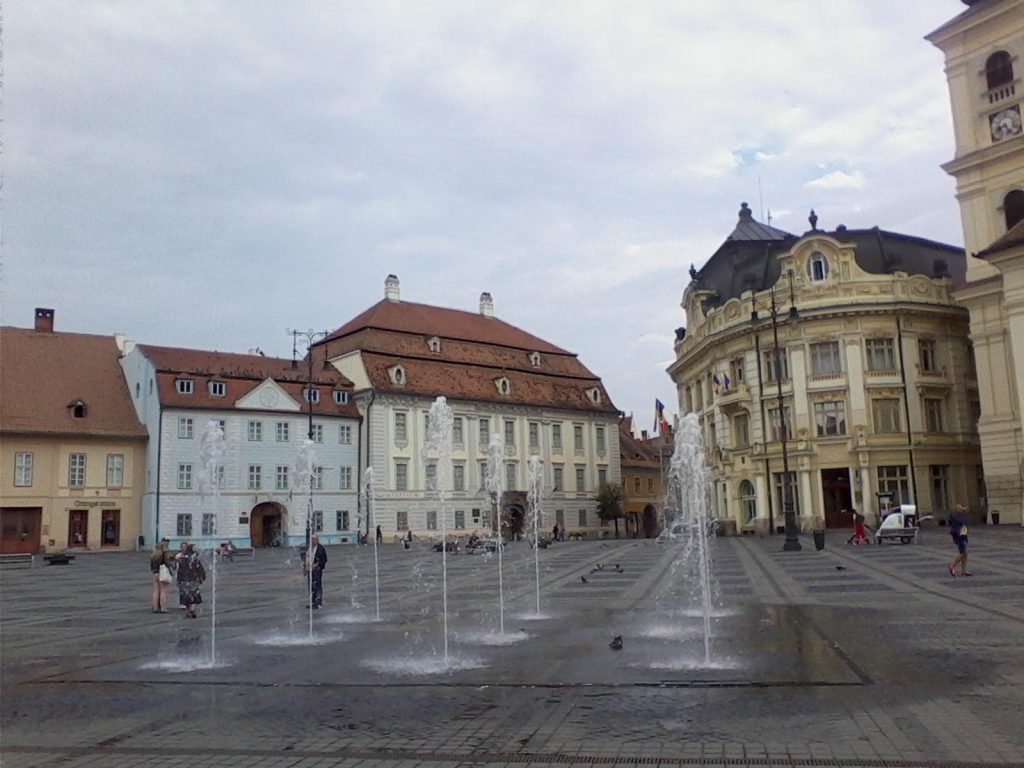




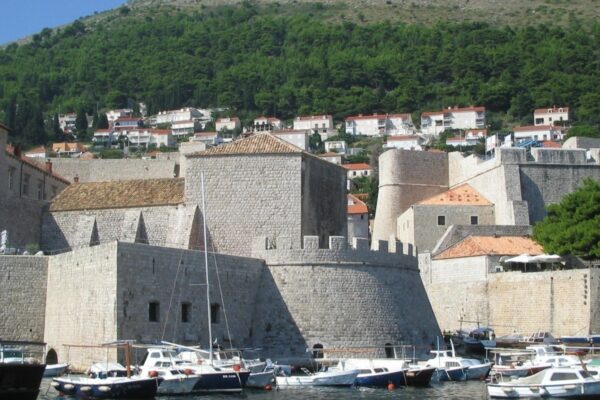
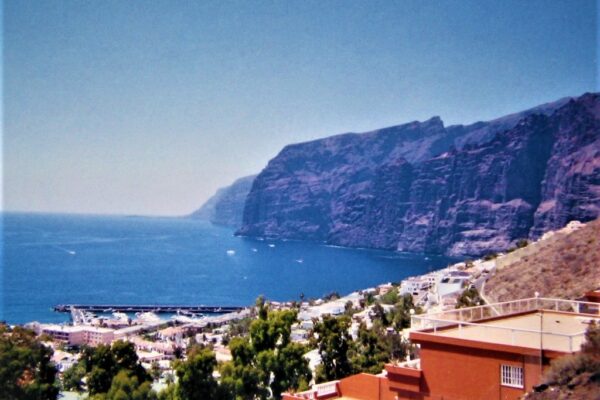


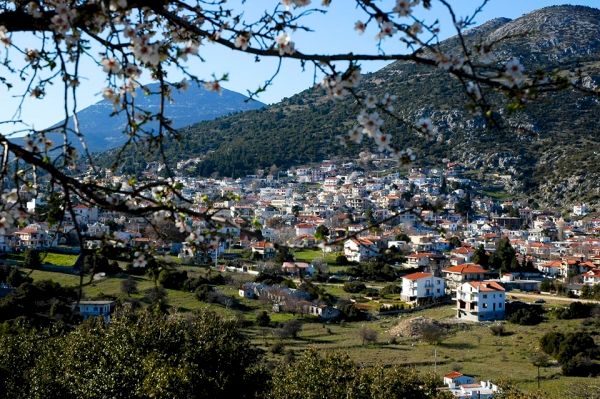
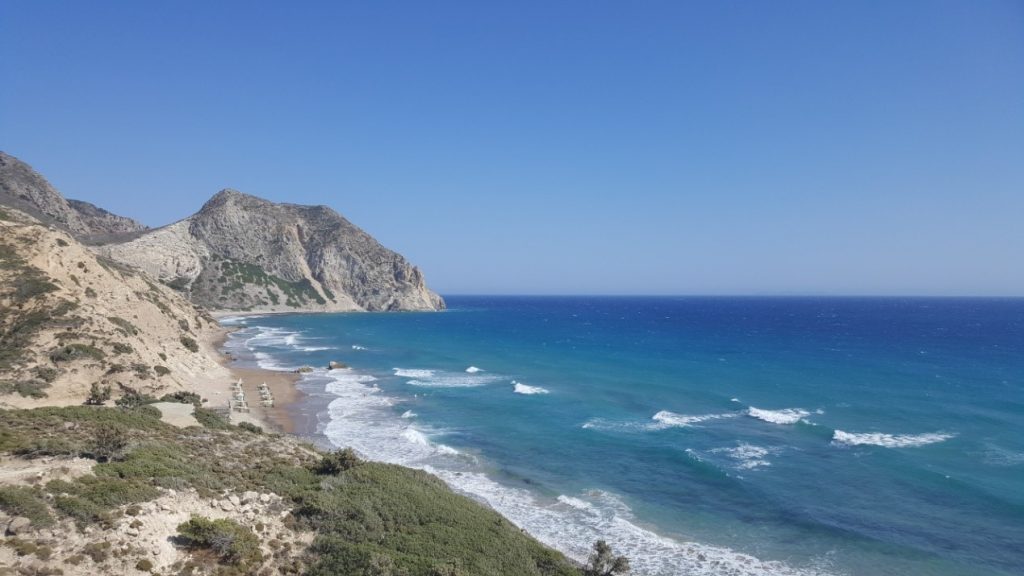

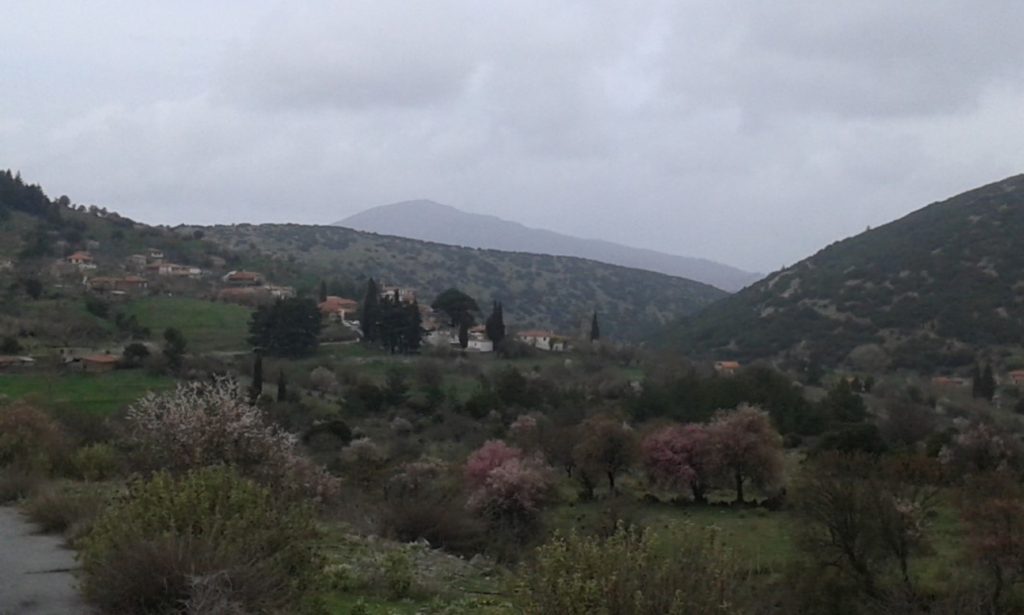
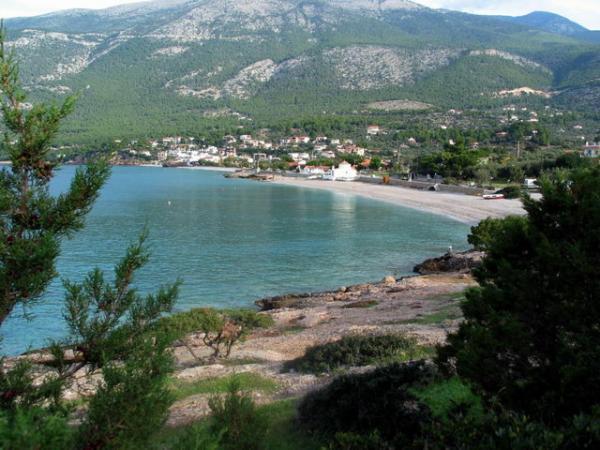






One Comment
olgak
Very informative article and nice photos. I can not wait to go….